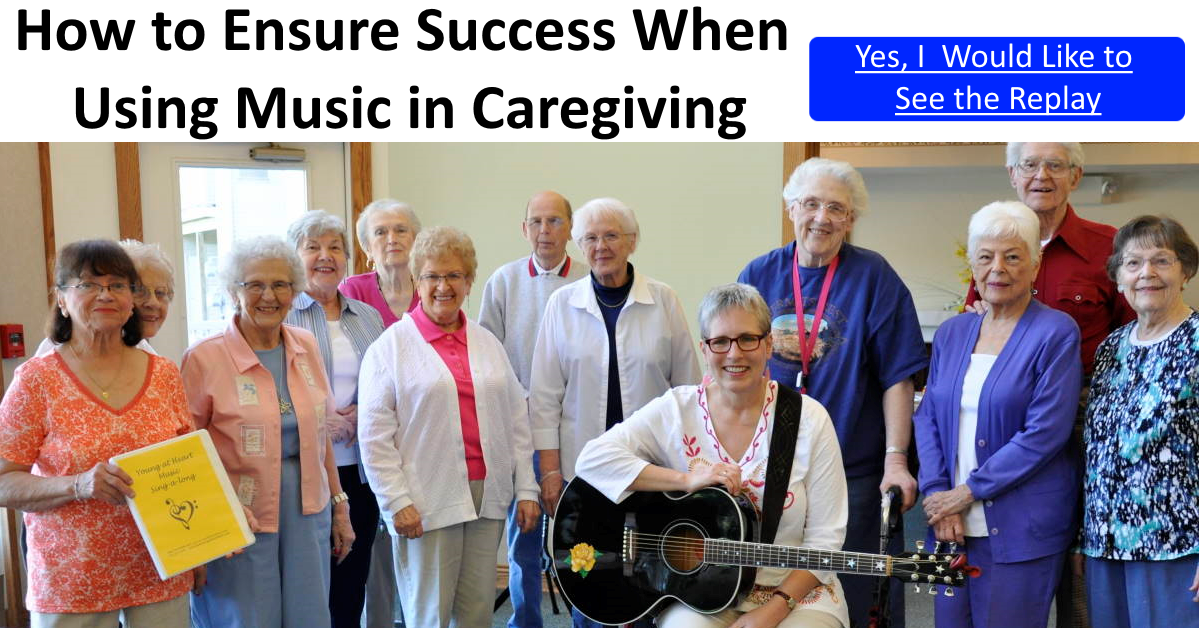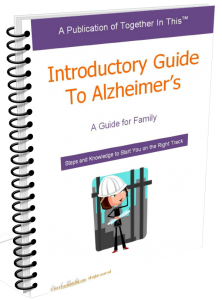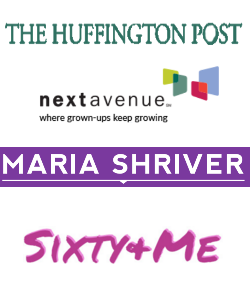Contributing Writer: Mary Sue Wilkinson, founder of Singing Heart to Heart and the Young at Heart Music Program
Here’s something I truly believe. Everyone can sing. It’s as basic as walking and talking. I’ve heard people say they can’t sing. But time after time when people hear a familiar song from their youth, almost everyone will join in.
In dementia care, singing together is a gift we can use to connect, awaken memories and bring joy.
I often hear “I play music in the background all day. Isn’t that enough?”
My simple answer? “No!”
It’s not wrong – it’s just not enough.
Why?
Because music can be such a powerful tool to engage people living with dementia.
Connecting through music gives us a way to maintain relationships when other communication is difficult.
It’s a pathway to emotional memories, helping us remember happy times. Music affects our mood and can lift our spirits.
Can it be entertaining? Yes. But it can be so much more.
Here are 6 easy steps to harness the power of music
Taking music from entertainment to engagement
1. Invite, don’t ask. Use phrases such as “Let’s sing!” or “It’s time to sing!” or Let’s have some music!”
2. Begin with an upbeat song. Sometimes getting started is the hardest part. A lively song sets the stage. It’s a good idea to vary the pace with one or two slower songs as you go along, but overall keep a singing session upbeat.
3. What’s the name of the song? Everyone likes to know what’s coming next. Begin with “How about we sing ________?” You can also sing the first words of a song and encourage people to finish the line.
This is great fun and makes people with memory loss feel competent. It also gets them ready for what’s next.
For example: “My Bonnie Lies Over the ______.” When they answer, be supportive with comments such as, “I knew you’d know this song!”
4. Sing along! Whenever possible, join in. Your participation is important. Singing together helps people feel like they belong, and this is where the connection takes place.
5. Use movement on the first song. Adding movement right away gets things going and wakes everyone up. It can be as simple as patting knees or tapping toes.
6. Be positive! Encourage with comments such as, “We sound great today!” Add an enthusiastic thumbs-up gesture along with your great big smile.
Singing together may be one of the most powerful ways that you and your loved one, or the person you are caring for connect.
Strike up a song, or turn on the music and get ready for some joy.
Mary Sue joined Mike Good for a FREE, live, online class where Mary Sue expanded upon these and other strategies.
Click the image below for access to the replay:
 About the author: Mary Sue Wilkinson is the founder of Singing Heart to Heart and the Young at Heart Music Program, where each year she leads close to 400 music and singing experiences for seniors. She is a career educator, and a professional musician who specializes in using music in dementia care. She is the author of “Songs You Know By Heart: A Simple Guide for Using Music in Dementia Care” with contributions from leading dementia care specialist Teepa Snow.
About the author: Mary Sue Wilkinson is the founder of Singing Heart to Heart and the Young at Heart Music Program, where each year she leads close to 400 music and singing experiences for seniors. She is a career educator, and a professional musician who specializes in using music in dementia care. She is the author of “Songs You Know By Heart: A Simple Guide for Using Music in Dementia Care” with contributions from leading dementia care specialist Teepa Snow.
Do you have any questions or thoughts? Let me know by commenting below:
Be sure to visit Mary Sue’s store where you can find additional resources:
CLICK IMAGE ABOVE TO GO THERE NOW!
If you like what you’ve read, why not receive periodic updates when you:
Subscribe to the TinT Newsletter








Great article
Thank you Joy. Looks like you’ve got some wonderful things going on with pet therapy – yea!
Can’t wait to read the ‘Introductory Guide to Alzheimer’s”.
Thank you!
I hope you find it beneficial 🙂
I have your book. Thanks for this article, too.
I have a few suggestions to add…
If you are like me and go into some of the same care facilities regularly (or if you work in one), you get to know the names of the residents. I find that it really adds to the engagement when you can include names. Not only in the invitation (Hey [insert name(s)], do you know this song? or Hello [insert name(s)], let’s have a sing-a-long!) but also in the encouragement (Wow [insert name], you have a beautiful voice! or I knew [insert name] would know this song!). And I like to include names IN the songs if I can. You mentioned “My Bonnie lies over the ocean” — the faces of the ladies really light up when I go around the circle and include their names: “My Mary lies over the ocean, My Lucy lies over the sea, My Audrey lies over the ocean, Oh bring back my Margaret to me”…. OR I’ll try a song that has the person’s name in it. I used to sing the song “Sweet Violets” to my friend Violet and “Oh Danny Boy” to my friend Danny. And speaking of Danny, its good if you also know the type of music a person really responds to. In this case, my friend Danny will sit and listen to just about anything, but he gets really excited and claps and even gets up and dances if I do any Johnny Cash song… especially if I get his attention and start out with “Hello, I’m Johnny Cash” before going into it 🙂
One thing that usually backfires, however, is asking for requests. Most people with later stage dementia cannot think of songs they want to sing. So it helps to have a list of standards printed out. I find that when I’m leading a sing-a-long many times even I have trouble thinking of songs to do next, so I refer to my list and I have over 100 songs titles on it so far.
It also helps to focus on themes. If we sing “America the Beautiful” or “God Bless America” I can usually get the group to name other patriotic songs we can do together.
And its good to use songs that encourage (and even require) participation. Old MacDonald Had a Farm is a good example, because I have members of the group call out a farm animal for each verse “And on his farm he had a ……” and the song pauses until someone calls out an animal and then we keep going (even if its the third time we did the cow!). I usually follow that up with The Farmer in the Dell to keep the theme going. Another good participation song is the hokey pokey “the right hand in/out, left foot in/out, etc.” can be done while seated in a chair. It gets everyone singing and moving. She’ll Be Comin’ ‘Round the Mountain is another great one, as it usually gets the group hooting and howling “Yee Haw” and lots of hand clapping, foot stomping, and toe tapping…and smiles!
I also start every sing-a-long session with You Are My Sunshine. It’s upbeat and everyone knows it. It also is the signal that our sing-a-long is starting. Everyone knows its the first song. On a recent regular visit to a care facility, one of the staff who saw me come in announced we were going to have some music now, and two ladies with advanced dementia started singing You Are My Sunshine before I even got my guitar out of the case. That’s engaged participation without any prompting!
Those are some wonderful suggestions Doug. Thank you for sharing ! <3